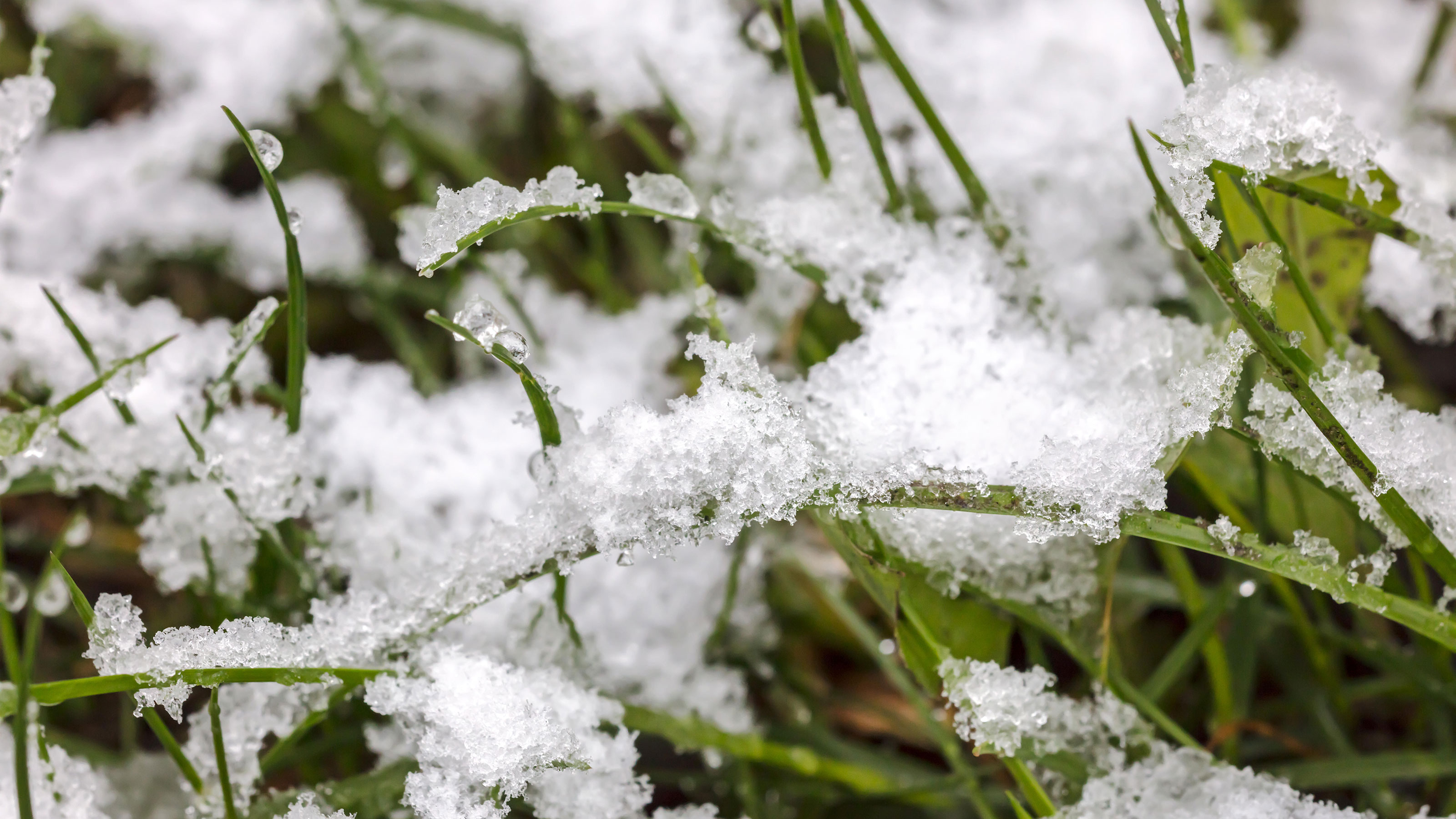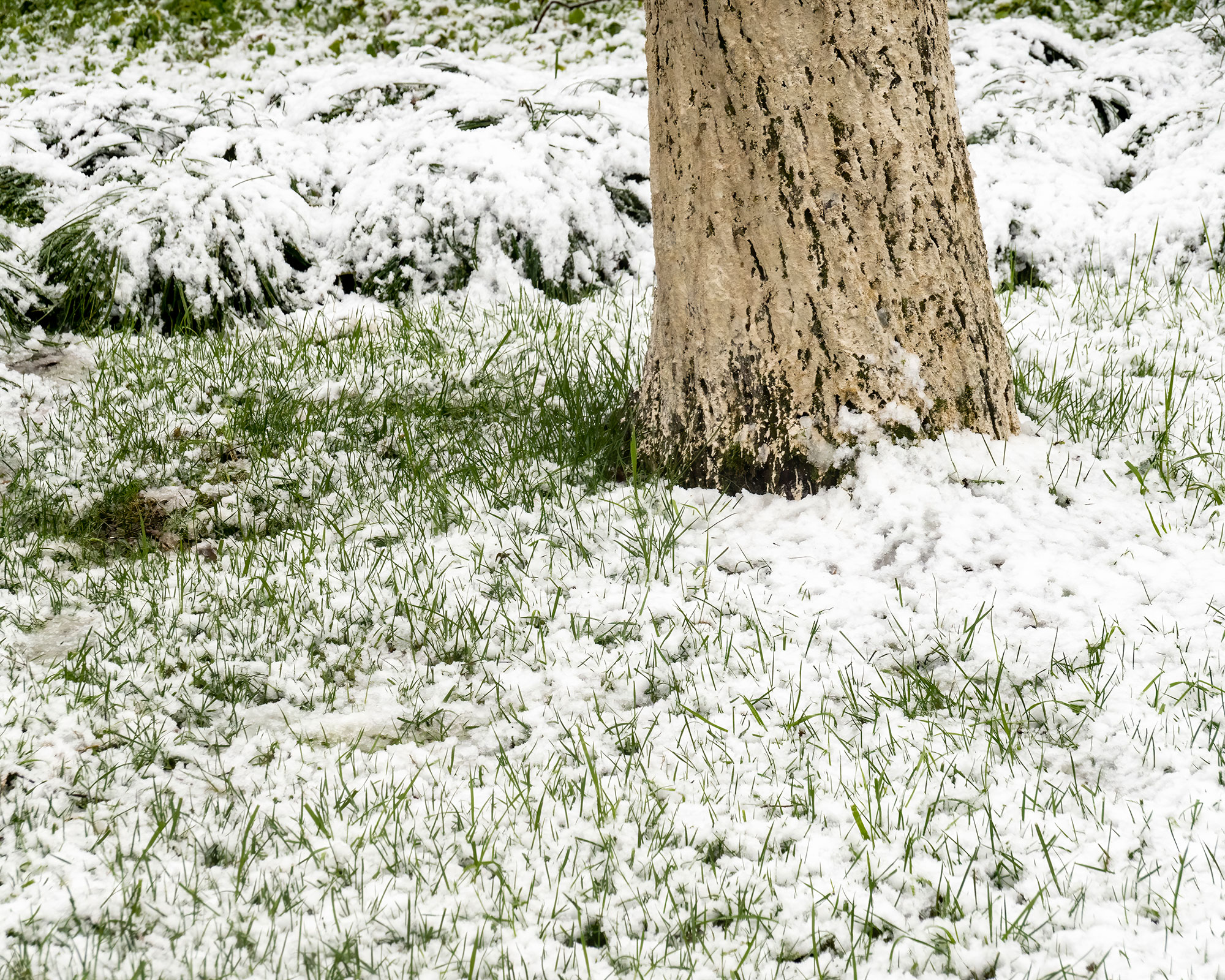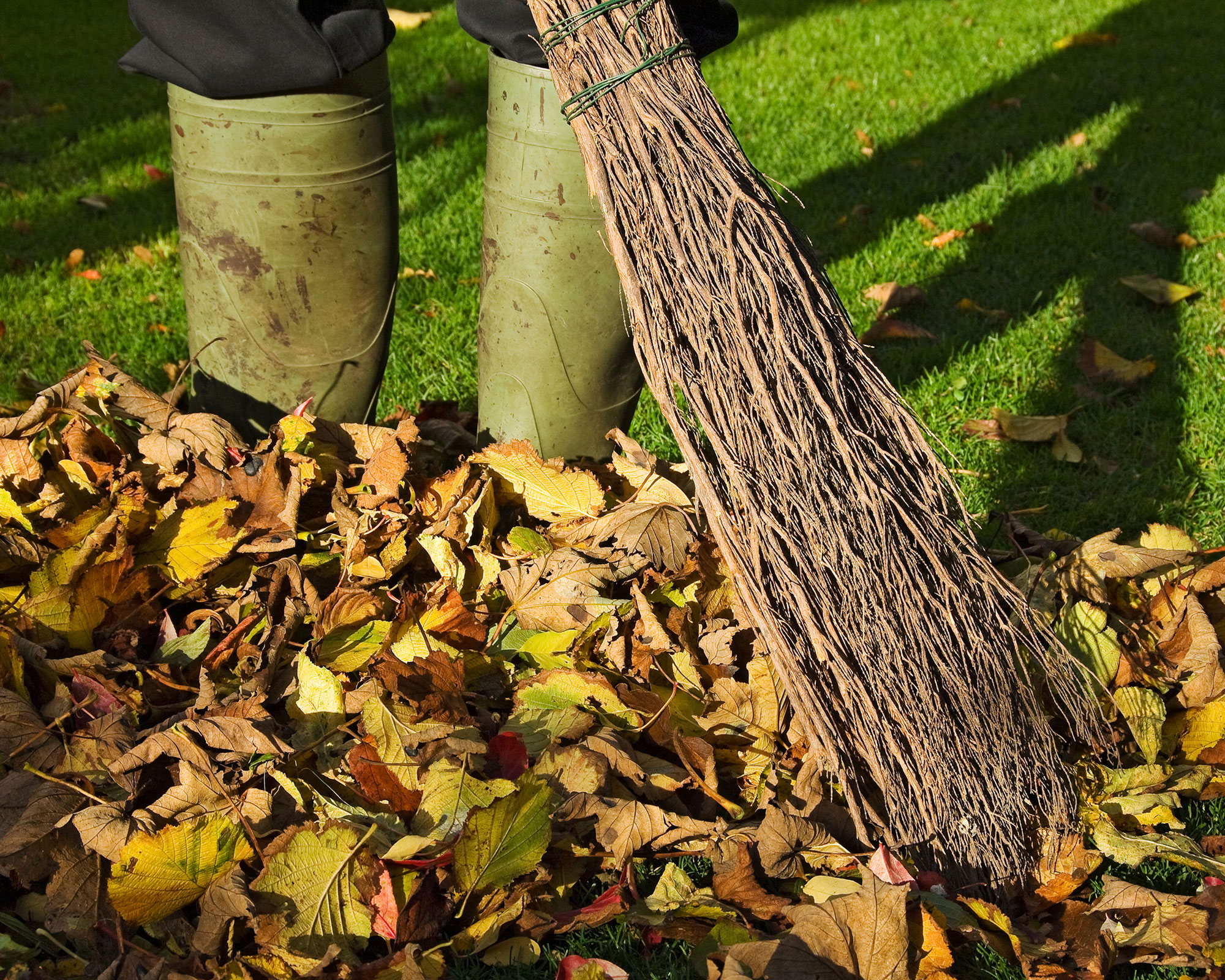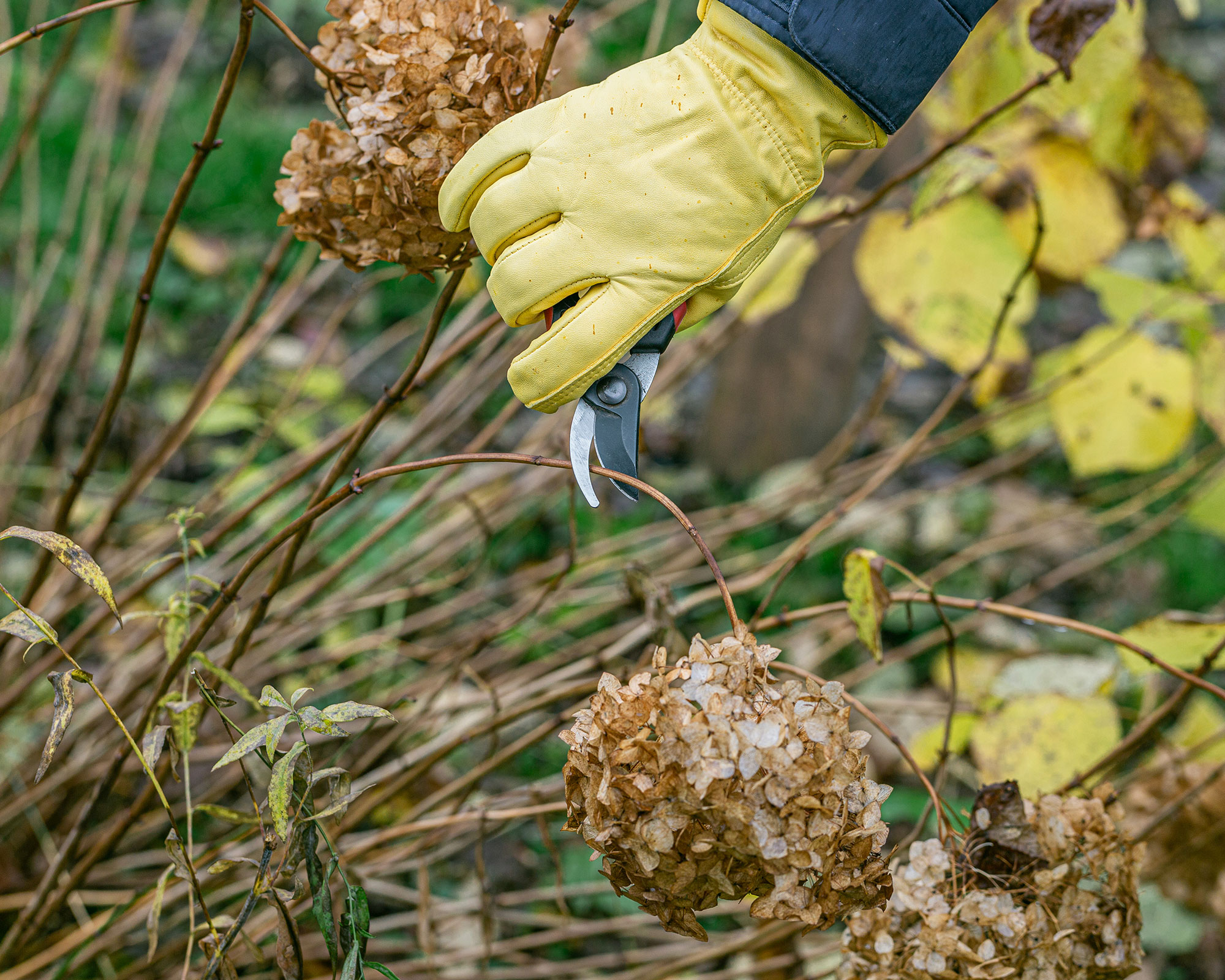Don't neglect this simple task if you want to avoid snow mold ruining your lawn, say the experts
Allowing debris and organic matter to build up on your lawn helps provide the perfect conditions for damaging snow mold, so get out the sweeping brush now


Building a snowman is fun when the first flurries of snow arrive – especially before Christmas. But allowing snow or debris such as dead leaves to build up heavily on one area of a lawn can lead to the development of the damaging fungal disease Fusarium Patch, which means the grass underneath will yellow, wither and die.
'Fusarium Patch, also known as snow mold, thrives in wet, damp and compacted conditions and it can cause your grass to become yellow, or brown, or if left long enough, it could kill it,' warns Chris McIlroy, a grass expert at The Grass People.
By following this simple lawn maintenance task, however, you can help prevent this problem from starting in the first place.

Simple garden maintenance tip for preventing snow mold
Even before the snowflakes start to fall, you can take steps to stop snow mold in its tracks by making sure your lawn is clear.
'It is important to make sure you are regularly raking up fallen leaves and other debris, as dead organic material contributes to the growth of snow mold,' warns Oberon Copeland, CEO and founder of advice website Very Informed.
'Your grass needs conditions conducive for good health and this means you must allow sunlight to reach beneath the surface.'
All that organic matter doesn't have to go to waste, however. You can use your fallen leaves to make your own leaf mold, turning them into a valuable soil conditioner that can be used throughout the year.

Keep on top of your lawn routine
Once established, snow mold is difficult to control and extremely damaging. The affected patches increase and eventually merge together, and this can lead to the death of an entire lawn.
Jen Stark, founder of advice website Happy DIY Home says it’s important to keep all vegetation off the grass in wintertime, so make this part of your winter lawn care routine.
'So trim back any tree or shrub overhang on your lawn to ensure you get good airflow, this will also allow sunlight to permeate the surface,' says Jen.
Also, make sure to remove any lawn clippings as they will add an extra moisture-retaining layer to your grass which will provide a welcoming breeding ground for the fungus to form.

Trim back shrubs overhanging your lawn
Don't be scared of scarifying
Experts also recommend scarifying the lawn to remove the thatch where this fungus likes to live.
'Don’t forget to dethatch your lawn throughout the year. Thatch build-up generally creates a deeper surface area for moisture to settle into, leading to fungal growth and snow mold,' says Luke Williams, a lawn care expert with Home Insurance Rates.

Jayne Dowle is an award-winning gardening, homes and property writer who writes for publications including Sunday Times Home, Times Bricks & Mortar, Grand Designs, House Beautiful and The Spectator. She was awarded the Garden Journalist of the Year accolade at the Property Press Awards in 2021.
